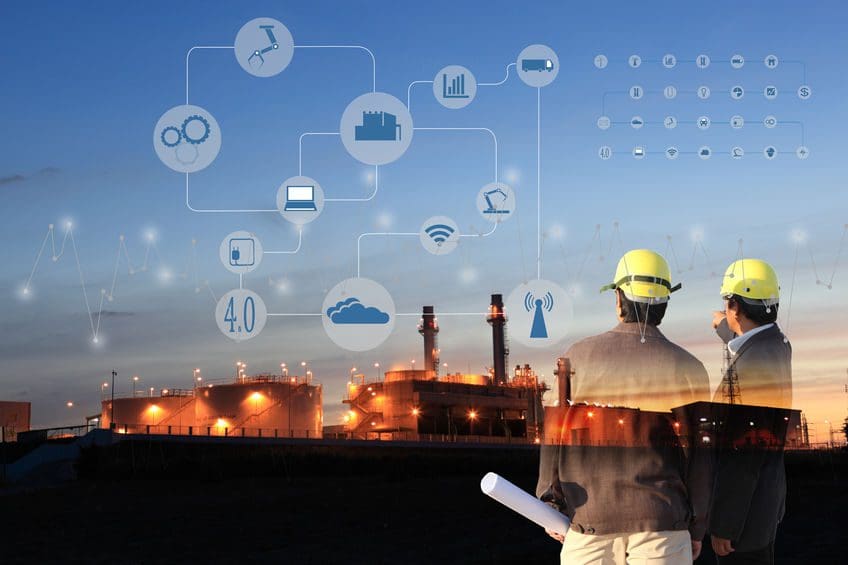A growing number of enterprises, far away the gaming and entertainment sectors, are leveraging immersive technologies such as augmented reality (AR) and virtual reality (VR) to improve operational efficiency, lower costs and overcome skilled labor shortage, says GlobalData, a leading data analytics company.
Venkata Naveen, Disruptive Tech Analyst at GlobalData, comments: “By combining the virtual and real-world, immersive technologies are creating more engaging experiences, leaving a significant impact on increasing number of areas of businesses. Enterprises are starting to pilot one or two use cases of AR/VR technologies within their operations, before expanding them on a global scale, giving them the much-needed nudge for digital transformation.”
The Innovation Explorer Database of GlobalData’s Disruptor Intelligence Center chronicles how AR/VR technologies are being used across the value chains of various industries.
Workforce Training – Oil & Gas
Shell has teamed up with AR/VR software developer EON Reality to adopt its ‘AVR Platform’ for workforce training. The AVR Platform acts as a centralized delivery system and helps Shell’s workforce with knowledge transfer and VR-based experiential training. It offers on-demand immersive VR training related to standard operating procedures and emergency scenarios without causing any hindrance to day-to-day operations.
All the procedures are provided with step-by-step instructions, where the employees can complete the sessions with full guidance or without any assistance.
Virtual Guidance – Power
General Electric has partnered with industrial augmented reality software provider Upskill to use its smart glasses and AR platform to help employees speed up assembling wind turbines at its factory in Pensacola, Florida.
Before GE started using Upskill’s AR platform, workers at the company’s turbine assembly facility had to check process manuals or seek advice from experts to ensure that they were assembling the parts correctly. But with Upskill’s smart glasses, technicians can easily pull digitized process manuals and documents on to their line of sight. The glasses overlay data and instructions in their line of sight digitally, which helps workers to improve the assembly time of wind turbines.
Virtual Collaborations – Construction
Autodesk has launched a new solution by integrating InsiteVR with Autodesk’s BIM 360 construction management platform to help engineering teams to coordinate, plan and resolve issues virtually, irrespective of their geographical location.
Users can join the platform via their desktops, wearing a VR headset to carry out discussions and walkthroughs, review complex systems, evaluate issues and make changes to construction models inside the virtual environment. Moreover, the virtual platform helps in improving communications across project teams, which can eventually reduce delays in project completion timelines.
Immersive Marketing – Automotive
Toyota has launched an augmented reality (AR)-based advertisement in Spanish language to target the Hispanic population in the US. The automaker teamed up with AR development firm ‘8th Wall’ and Latino marketing agency Conill to develop the interactive mobile ad.
The AR ad offers shoppers an interactive and immersive view of the company’s 2020 Corolla, where they can experience both the interior and exterior features of the car from anywhere using smartphones.
Naveen concludes: “Alternative reality technologies are rapidly evolving out of the roller coaster-like hype cycles to alter the operations landscape of traditional industries. To minimize uncertainty associated with the rapid adoption of immersive technologies, enterprises need to partner with experienced technology providers to tackle technology-related issues and drive digital transformation.”





